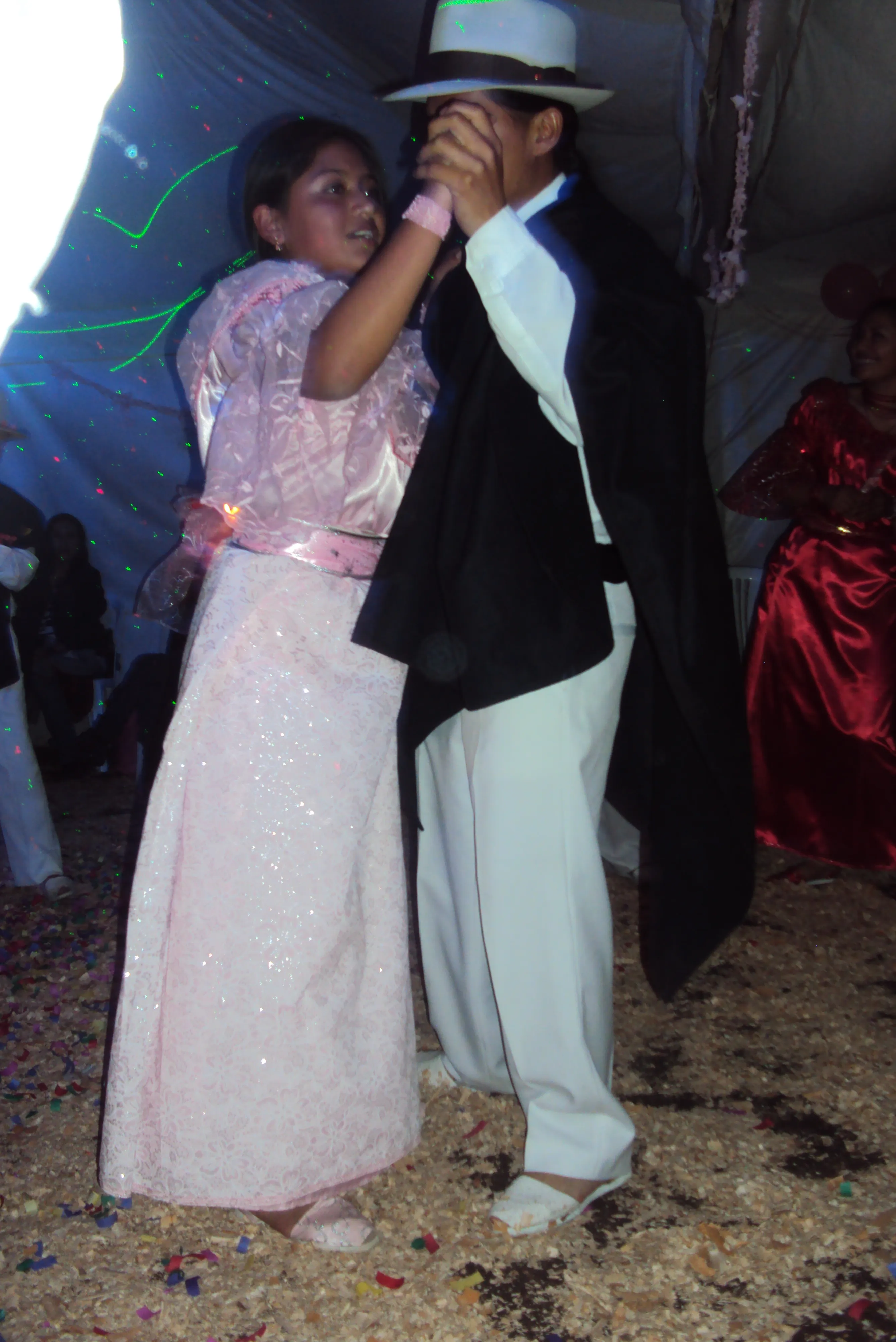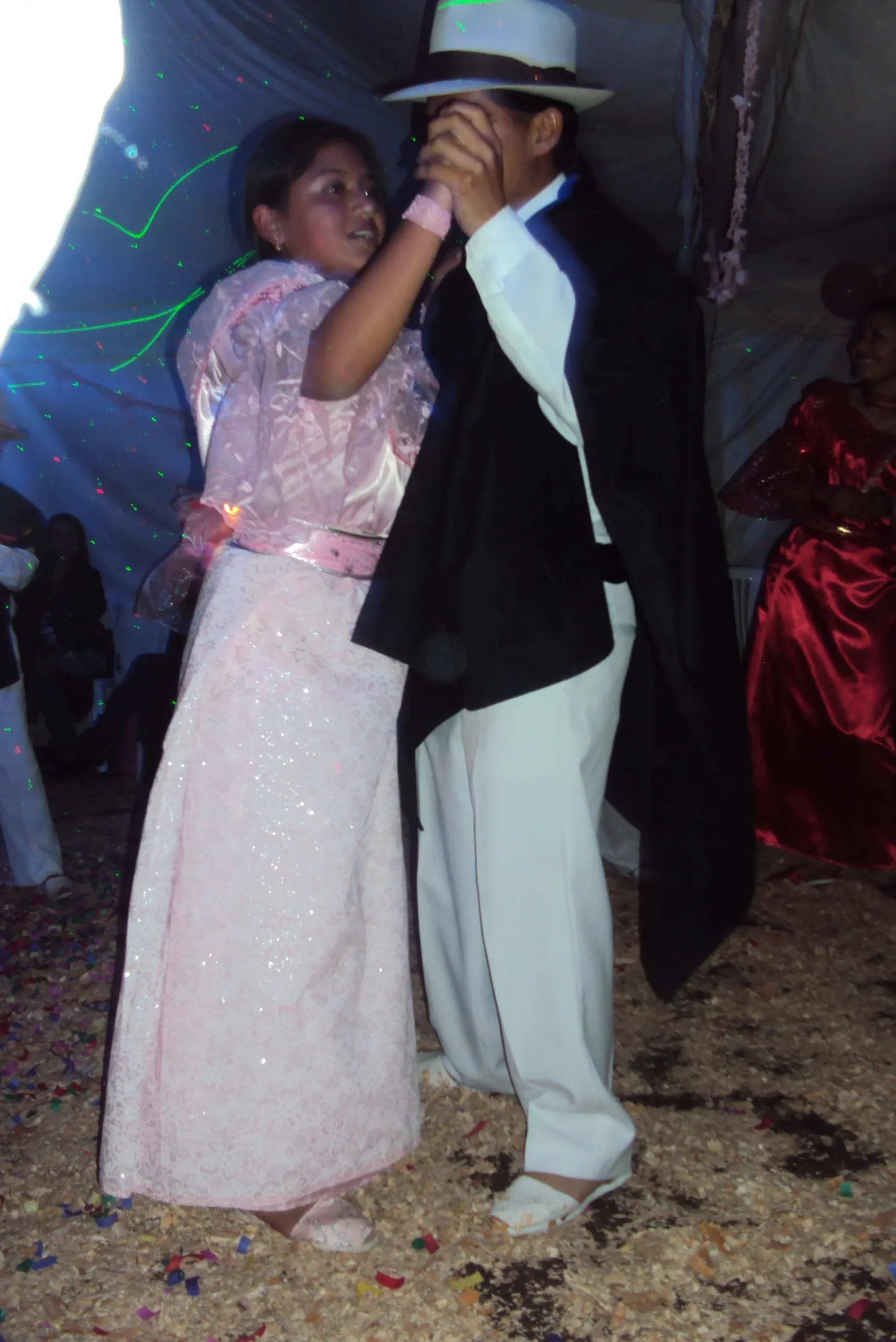
Otavalo Culture: Discover the Heart of Ecuador’s Traditions
Table of Contents
Otavalo Culture
The Otavalo culture is a vibrant tapestry of traditions, music, and colorful markets that reflect the heart of Ecuador. Nestled in the Andes, Otavalo is famous for its indigenous heritage and lively artisan markets, where local artisans showcase their crafts and textiles, embodying centuries of culture. In this article, we will delve into the fascinating aspects of Otavalo culture, revealing the customs, festivities, and experiences that make this destination a must-visit for any traveler seeking authenticity and cultural richness. From traditional music to festive celebrations, the spirit of Otavalo invites you to explore its deep-rooted heritage.
Want to find the best travel deals for this destination? adventure planner consultant with our adventure planning specialist!
1. Understanding the Roots of Otavalo Culture: A Historical Overview

The Otavalo Culture has a rich history that dates back to pre-Columbian times. This cultural heritage is rooted in the traditions of the indigenous Kayambi people, who have preserved their customs despite historical changes. As explorers and settlers arrived in the region, they influenced local practices, but this community has maintained its identity.
Today, visitors can explore how the Otavalo Culture has evolved through various historical periods. Notably, the Spanish conquest introduced new agricultural practices and the Catholic faith. Nevertheless, the Otavaleños effectively integrated these into their lifestyle while celebrating their ancestral beliefs, which include reverence for nature and the practice of traditional festivals, thus enriching their cultural tapestry.
2. Otavalo Market: A Colorful Showcase of Artisan Crafts

One of the most vibrant expressions of Otavalo Culture is the renowned Otavalo Market, held every Saturday. This bustling bazaar attracts tourists and locals alike. Vendors display handmade crafts, from colorful textiles to intricate jewelry. Here, you’ll find an authentic representation of the region’s artisan skills.
The market is not only a shopping destination but also an experience that immerses visitors in Otavaleño life. Transitioning from stall to stall, you will feel the energy of the community and may even witness artisans at work. Additionally, bargaining is part of the process, which adds to the cultural experience. Don’t miss this opportunity to connect with the makers of these beautiful crafts.
3. Traditional Music and Dance: A Celebration of Identity

In the heart of Otavalo Culture, music and dance play critical roles in expressing the community’s identity. Traditional forms of music, characterized by instruments such as the pan flute and charango, echo through local festivities. Furthermore, these performances tell stories of ancestral struggles and victories, captivating audiences with their narrative depth.
Dance is equally significant, as rituals and celebrations are often accompanied by vibrant performances. Transitioning between traditional attire, dancers depict historical tales, strengthening their cultural pride. Through this medium, the younger generation learns about their heritage, ensuring that the essence of Otavalo Culture thrives for years to come.
4. Festivals of Otavalo: Celebrating Culture Through Color
The festivals of Otavalo are vibrant celebrations that reflect the rich Otavalo culture and its deep-rooted traditions. These colorful Events, often held throughout the year, unite the community in a display of unity and pride. For instance, the Inti Raymi festival occurs in June and honors the sun god, featuring traditional rituals, music, and dancing.
Moreover, the festivals showcase elaborate costumes that represent the indigenous heritage of the Otavalo people. Annually, thousands of visitors flock to experience the lively parades and appreciate the significance of these traditions. Notably, the handmade artisan crafts are also on display, allowing attendees to immerse themselves in the local culture. Therefore, attending these festivals offers a unique opportunity to witness firsthand the vibrancy of Otavalo’s social fabric.
5. The Role of Textiles in Otavalo Culture: Weaving Stories of Tradition
Textiles in Otavalo play a fundamental role in preserving and expressing the Otavalo culture. The intricate designs and vibrant colors used in weaving not only display the artistic skills of the artisans but also tell stories of their ancestry and daily life. Each piece, from shawls to bags, embodies a unique narrative reflecting the cultural heritage of the indigenous people.
Importantly, the textiles are often crafted using traditional methods passed down through generations. This commitment to craftsmanship ensures that the skills and stories behind the fabrics remain alive. Furthermore, textiles serve as a critical medium of exchange within the community and a source of income for many families. Consequently, these woven products are a vital element of both cultural identity and economic sustainability.
6. Indigenous Communities: Preserving the Legacy of Otavalo Culture
The indigenous communities of Otavalo are pivotal in preserving the Otavalo culture and its rich traditions. These groups maintain their customs, languages, and practices despite the influences of modern society. Through strong communal ties, they promote cultural education among the younger generations, ensuring that their legacy continues.
Additionally, many indigenous organizations focus on safeguarding their rights and promoting socio-economic sustainability. They encourage cultural exchanges, allowing visitors to learn about their traditions and way of life. By engaging with these communities respectfully, travelers can gain a deeper understanding of the Otavalo culture and contribute to its preservation. Therefore, fostering a sense of respect and appreciation is crucial for maintaining these invaluable cultural legacies.
7. Gastronomy of Otavalo: Tasting the Flavors of Tradition
The gastronomy of Otavalo is a rich tapestry of flavors that reflects its vibrant culture. Traditional dishes often feature local ingredients such as potatoes, corn, and avocados. One cannot visit Otavalo without trying the famous fritada, a delicious fried pork dish typically served with mote (hominy) and a fresh salad.
Moreover, the influence of indigenous cooking techniques adds distinctiveness to Otavalo cuisine. For instance, ground corn is used to make humita, a tasty corn pudding wrapped in corn husks. Additionally, the market offers a myriad of fresh fruits, herbs, and local cheeses perfect for sampling.
Pro Tip: Make sure to sample local beverages such as chicha de jora, a traditional fermented corn drink while exploring the area.
8. Ecotourism in Otavalo: Merging Nature with Culture
Tip: Discover the best Otavalo experiences with Viator Tours!
Ecotourism in Otavalo beautifully intertwines the region’s stunning landscapes with its rich cultural heritage. Visitors can embark on hiking trails that lead to breathtaking views of the Andes. Furthermore, ecotourism offers a sustainable way to experience the area’s natural beauty, while also supporting local communities.
In addition, community-based projects such as guided nature walks and educational workshops about local flora and fauna are emerging. These experiences not only enhance visitor enjoyment but also foster a deeper understanding of the importance of conservation in preserving Otavalo’s unique ecosystem.
Transitioning from tourist to aware explorer is vital; always strive to leave a minimal impact during your visits.
9. The Influence of Otavalo Culture on Regional Arts
Otavalo culture has had a profound impact on regional arts, showcasing a blend of traditional techniques and contemporary styles. Artisans in Otavalo continue to practice age-old crafts, including pottery, weaving, and wood carving. Consequently, this rich artistic heritage draws inspiration from the area’s stunning landscapes and indigenous beliefs.
Moreover, the Otavalo markets serve as platforms for artists to display their work, bridging the gap between culture and commerce. As such, visitors have the chance to purchase **authentic** handmade crafts while supporting local artisans. Additionally, art festivals celebrate the community’s creativity and promote cultural exchange.
Remember: Supporting local artists not only enriches your travel experience but also helps preserve Otavalo’s artistic legacy.
10. How to Respect and Engage with Otavalo Culture: A Traveler’s Guide
Engaging with Otavalo culture as a traveler requires sensitivity and respect. First and foremost, it’s essential to acknowledge the history and traditions that shape this vibrant community. By demonstrating a genuine interest in their customs, you not only enrich your own experience but also foster mutual respect.
When visiting local markets, remember to engage with artisans about their crafts. Ask questions about their techniques and inspirations; most will appreciate your curiosity. In addition, it’s advisable to negotiate fairly and be mindful of cultural prices. Being respectful in these exchanges ensures that you honor the significance of their work.
Furthermore, participating in local festivals or rituals, when invited, can offer deep insights into the Otavalo culture. Always ask for permission and follow local customs. Lastly, when taking photos, be sure to respect people’s privacy and ask for permission when necessary. This not only shows respect but also allows for deeper connections.
The Otavalo culture is a rich and inviting tapestry that not only tells the story of its people but also invites travelers to engage fully with their unique traditions and way of life. From bustling markets full of artisan goods to vibrant festivals celebrating their heritage, a visit to Otavalo is a feast for the senses and the spirit. As you think about your next travel destination, consider immersing yourself in the Otavalo culture and its timeless charm. What aspects of Otavalo culture are you most excited to explore? We encourage you to share your thoughts and experiences in the comments below!